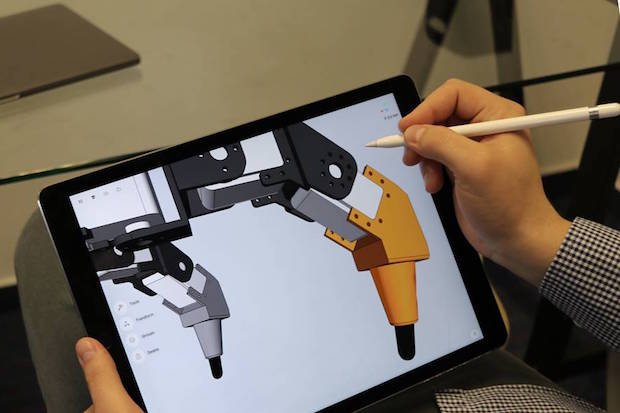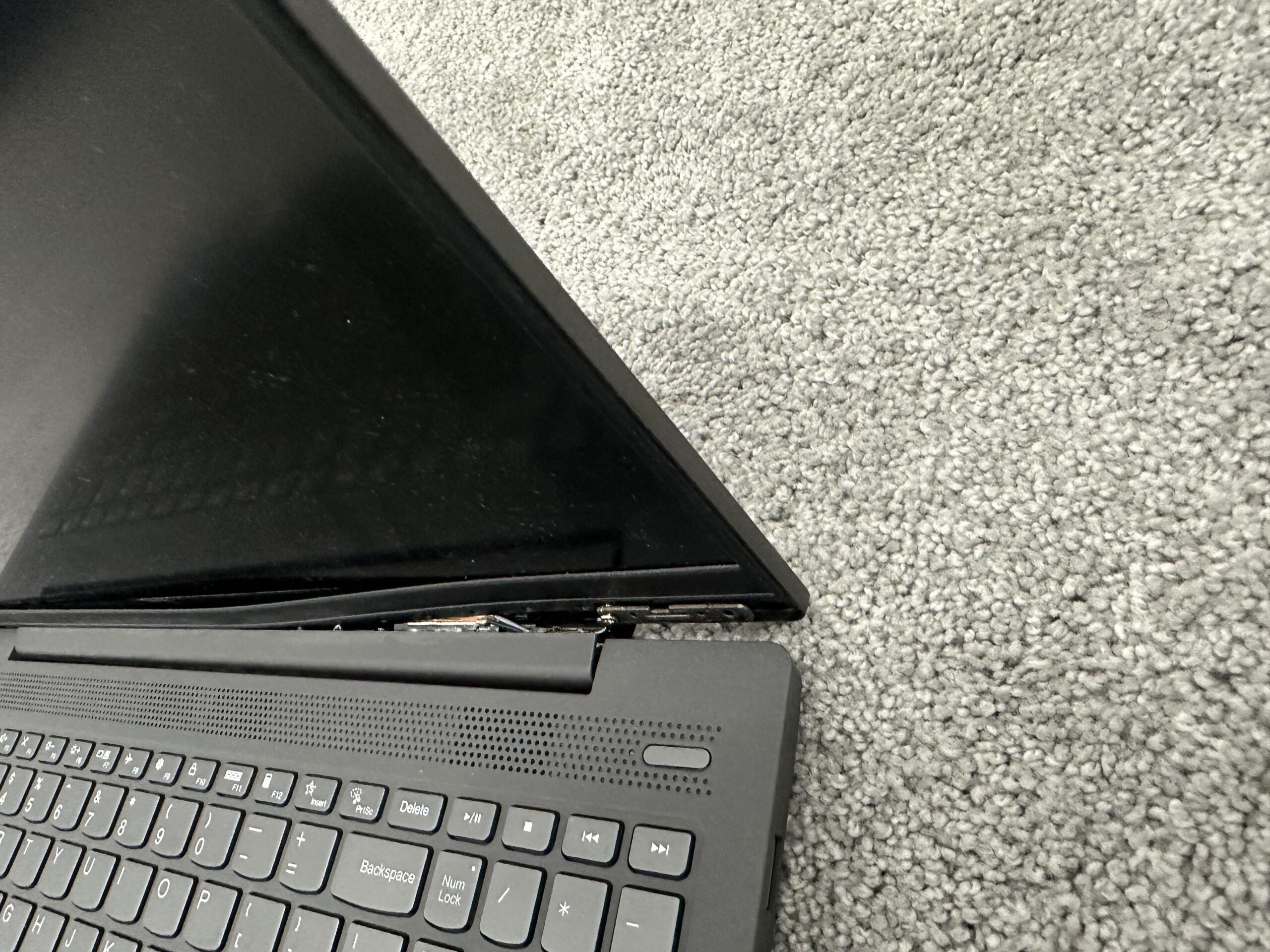When it comes to creating a comfortable indoor environment, every component of an HVAC system plays a vital role. However, discussions among homeowners, facility managers, and HVAC professionals often revolve around one key element: the thermostat. Many argue that the thermostat is the most important part of HVAC because it serves as the brain of the entire system, coordinating operations, ensuring energy efficiency, and providing user-friendly control over your heating and cooling systems.
Understanding HVAC Systems
An HVAC system—short for Heating, Ventilation, and Air Conditioning—is an integrated setup designed to manage the climate within a building. Whether you’re in a commercial space or a cozy home, an efficient HVAC system regulates temperature, maintains indoor air quality, and ensures comfort regardless of the season. Every component, from the furnace to the ductwork, works in unison. But at the heart of this orchestration is the thermostat, which not only adjusts the settings but also influences overall system performance.
The Role of the Thermostat in HVAC
The thermostat is more than just a temperature-setting device. It’s the control center that interacts with all parts of the HVAC system to maintain a balanced indoor climate. Here’s why the thermostat stands out as a critical component:
- Centralized Control: The thermostat monitors indoor temperature and sends signals to the heating or cooling unit, ensuring that your home or office reaches and maintains the desired temperature. Its role is akin to that of a conductor in an orchestra, ensuring every part plays in harmony.
- Energy Efficiency: Modern, smart thermostats are designed to optimize energy use. They learn your schedule, detect occupancy, and adjust settings automatically. This means that energy isn’t wasted heating or cooling an empty home, which not only lowers your bills but also reduces environmental impact.
- Convenience and Connectivity: With advancements in technology, today’s thermostats offer remote control via smartphone apps. This connectivity allows users to monitor and adjust settings from anywhere, making it easier to manage the system even when you’re not at home.
- System Diagnostics: Advanced thermostats can often diagnose system issues by monitoring performance metrics. If something isn’t working as it should, the thermostat can alert you or your service provider, allowing for proactive maintenance.
Other Critical Components of HVAC
While the thermostat is the brain of the operation, several other components are essential for the HVAC system to function properly. Each element contributes to the overall efficiency and reliability of the system:
- Furnace or Heating Unit: This component is responsible for generating warmth during cold months. A well-maintained furnace ensures that the air is heated evenly and efficiently. Without it, even the best thermostat would have little impact on your indoor comfort.
- Air Conditioner or Cooling Unit: During the summer, the air conditioner takes center stage by removing heat and humidity from the indoor air. Its ability to maintain a cool environment is critical, especially in regions with high summer temperatures.
- Ductwork: Proper distribution of heated or cooled air is managed through an extensive network of ducts. These channels are responsible for transporting air from the central system to every room. Any leak or blockage in the ductwork can compromise the entire system’s performance.
- Air Filters: Often overlooked, air filters play a significant role in maintaining indoor air quality. They capture dust, pollen, and other contaminants, preventing them from circulating throughout your space. Regularly changing these filters can extend the life of your HVAC system and improve overall efficiency.
Why the Thermostat Often Takes the Spotlight
Among all these components, the thermostat is uniquely positioned as the most important part of the HVAC system. Here’s a deeper look at its multifaceted importance:
- User Interface and Experience: The thermostat is the primary way homeowners interact with their HVAC system. A user-friendly interface can make it simple to adjust settings, schedule changes, and even monitor energy usage. For many, it represents the tangible connection to the technology that ensures comfort.
- Integration with Smart Home Technology: With the rise of smart home devices, thermostats have evolved into powerful tools that integrate seamlessly with other systems. They can communicate with smart speakers, mobile devices, and even security systems to offer a comprehensive smart home experience. This integration adds an extra layer of convenience and control, making the thermostat indispensable.
- Optimization of System Performance: An efficient thermostat optimizes the performance of both the heating and cooling units. By accurately measuring the indoor temperature and responding swiftly, it prevents overworking the HVAC system, thereby extending the lifespan of the equipment and reducing maintenance costs.
- Environmental Impact: By ensuring that the HVAC system runs only when needed and at optimal efficiency, modern thermostats help reduce energy consumption. This reduction in energy use is crucial for lowering carbon footprints and promoting sustainability—an increasingly important consideration for many consumers today.
The Evolution of Thermostat Technology
The evolution of thermostats over the years has transformed how we interact with our HVAC systems. Traditional thermostats required manual adjustments, but today’s models are equipped with features that enhance both convenience and efficiency:
- Programmable Thermostats: These devices allow users to set specific temperatures for different times of the day. Whether you need the house warmed up before you wake or cooled down before you return from work, a programmable thermostat makes it possible.
- Smart Thermostats: These advanced models use algorithms and sensors to learn your schedule and preferences. They adjust the temperature automatically based on your behavior patterns, weather forecasts, and even the number of occupants in your home. This smart technology not only improves comfort but also saves energy.
- Wi-Fi Connectivity: With Wi-Fi-enabled thermostats, controlling your HVAC system remotely is easier than ever. Whether you’re on vacation or stuck at work, you can monitor and adjust your system via a smartphone app, ensuring your home environment is always optimal when you return.
- Voice Control: Integration with virtual assistants like Alexa and Google Assistant has made it possible to control your thermostat with voice commands. This feature adds another level of convenience and accessibility for users.
HVAC Beyond the Thermostat
It’s important to recognize that while the thermostat is often seen as the linchpin of HVAC systems, it works best when paired with well-maintained supporting components. A breakdown in the furnace, air conditioner, or ductwork can undermine the benefits provided by a sophisticated thermostat. That’s why regular inspections and maintenance of the entire HVAC system are crucial. Homeowners should not only focus on the thermostat but also ensure that the heating and cooling units are functioning efficiently and that air filters and ductwork are kept in optimal condition.
The Human Element in HVAC Maintenance
Technology plays an immense role in optimizing HVAC performance, but human expertise remains essential. HVAC professionals bring valuable insights when it comes to installation, maintenance, and repair. They can assess the overall system and provide tailored advice on upgrades or improvements. Regular check-ups by experienced technicians ensure that your system operates at peak efficiency, ultimately enhancing indoor comfort and reducing energy consumption.
How to Get the Most Out of Your HVAC System
Achieving the best performance from your HVAC system involves a combination of smart technology, regular maintenance, and professional expertise. Here are some practical tips for homeowners:
- Invest in a High-Quality Thermostat: Upgrading to a modern, smart thermostat can significantly improve the efficiency of your HVAC system. Look for models that offer connectivity, programmability, and energy-saving features.
- Schedule Regular Maintenance: Routine inspections by certified HVAC professionals are crucial. These check-ups can catch issues early, prevent system breakdowns, and ensure that every component—from the furnace to the ductwork—is in excellent working condition.
- Change Air Filters Frequently: To maintain optimal airflow and indoor air quality, replace your HVAC filters regularly. This simple step can have a big impact on your system’s overall performance.
- Optimize Your Home’s Insulation: An efficient HVAC system relies on a well-insulated home. Ensuring that windows, doors, and other areas are properly sealed can prevent energy loss and improve system efficiency.
- Monitor Energy Usage: Many smart thermostats offer energy reports that help you understand your consumption patterns. Use these insights to adjust your habits and further optimize your system’s performance.
Count on Go Green Heating & Cooling for Top-Notch HVAC Service!
When it comes to ensuring that your HVAC system performs at its best, expertise matters. At Go Green Heating & Cooling, our team is dedicated to providing top-notch service and expert advice to keep your indoor environment comfortable year-round. Whether you’re looking to upgrade your thermostat, schedule routine maintenance, or overhaul your entire system, our skilled professionals are here to help. Visit our website at https://gogreenvegas.com/ or call us at (702) 766-1166 to experience reliable, energy-efficient HVAC solutions tailored to your needs.



